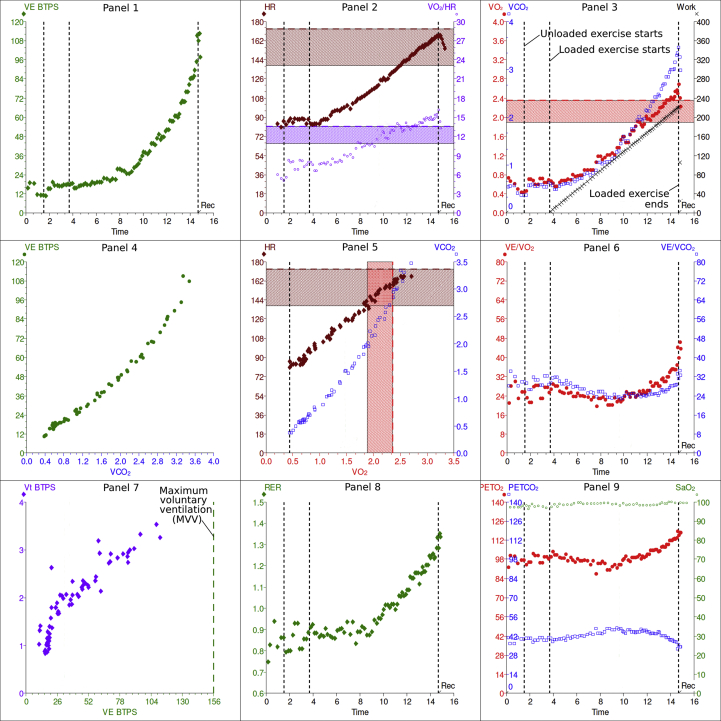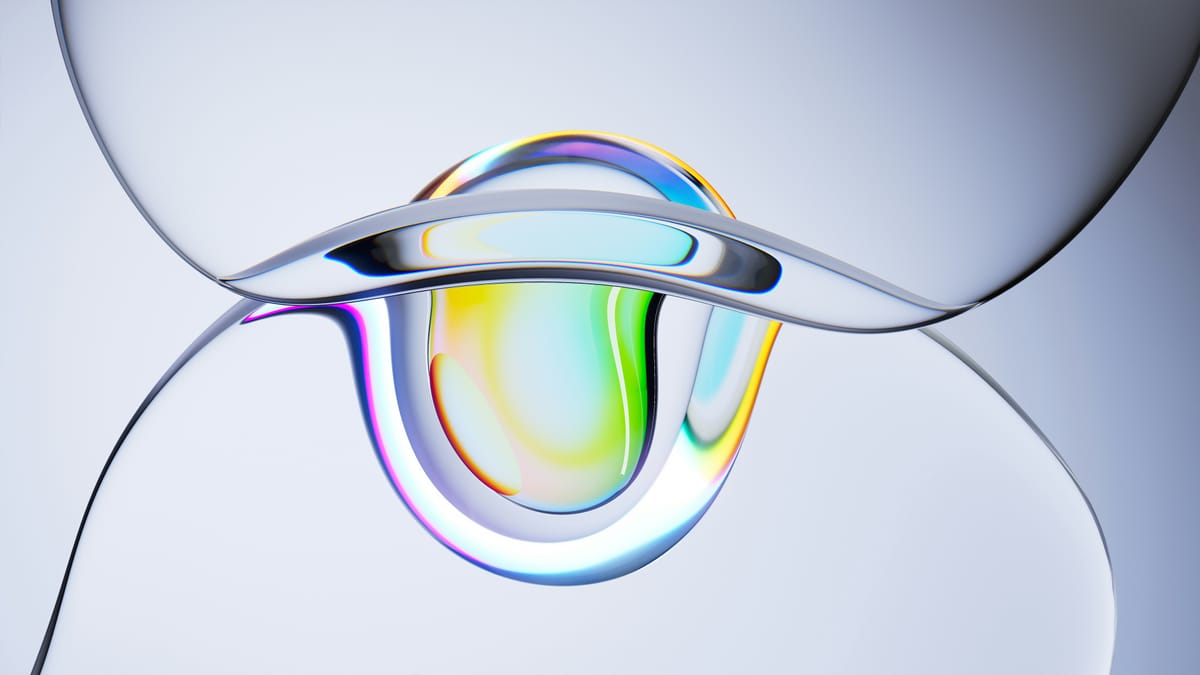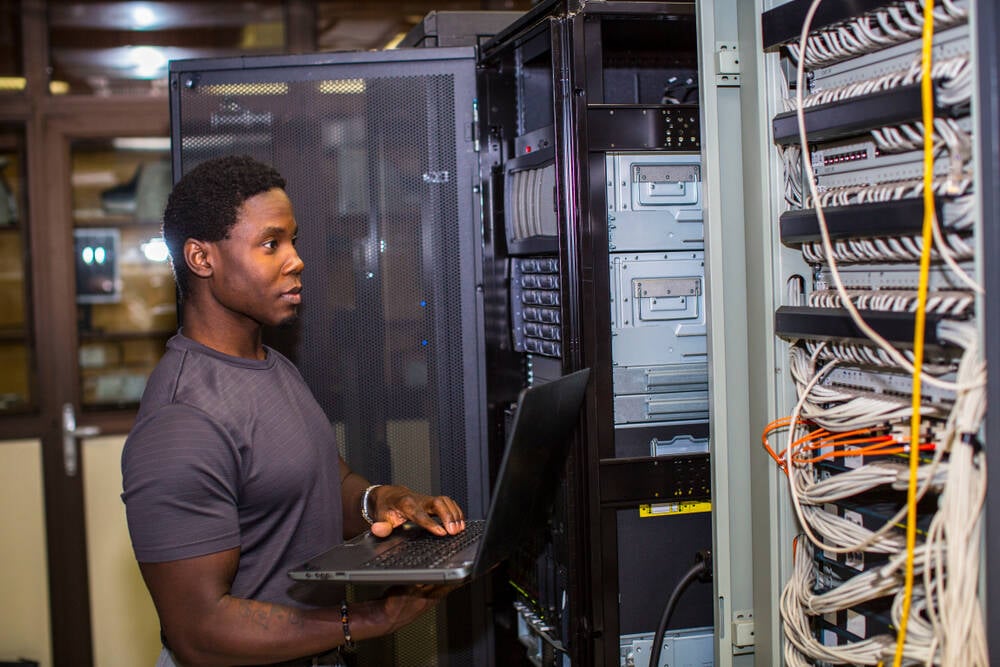
Cardio fitness: Apple Watch’s maskless approximation of VO2Max
Clinical testing of VO2Max typically uses a respiratory mask during intense exercise, such as a treadmill or cycling. But wearables like Apple Watch estimate cardio fitness (their version of VO2 max) to within an accuracy of 1.2 ml/kg/min without requiring a mask.
How do they do that? This article explains the science behind VO2 max, how the Apple Watch’s cardio fitness algorithm works (based on published details from 2021 and 2023 papers), and concrete data from the study used to validate its accuracy. Along the way we’ll cover how to combine physiological ODEs (ordinary differential equations) with flexible neural networks, 9-panel plots used in VO2 max testing, and more.
For details on how to actually use VO2Max, its link to longevity, and how to get a cardio fitness measurement, see our guide to Apple Watch’s cardio fitness metric.
Before we get into how Apple Watch algorithm estimates VO2Max, we have to first define how VO2Max is actually measured in the lab.
















